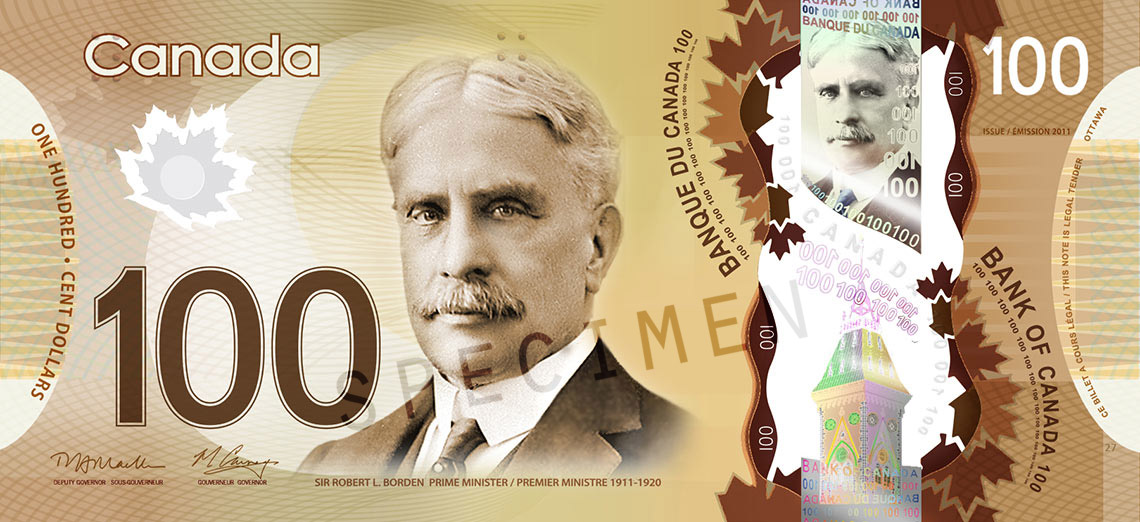
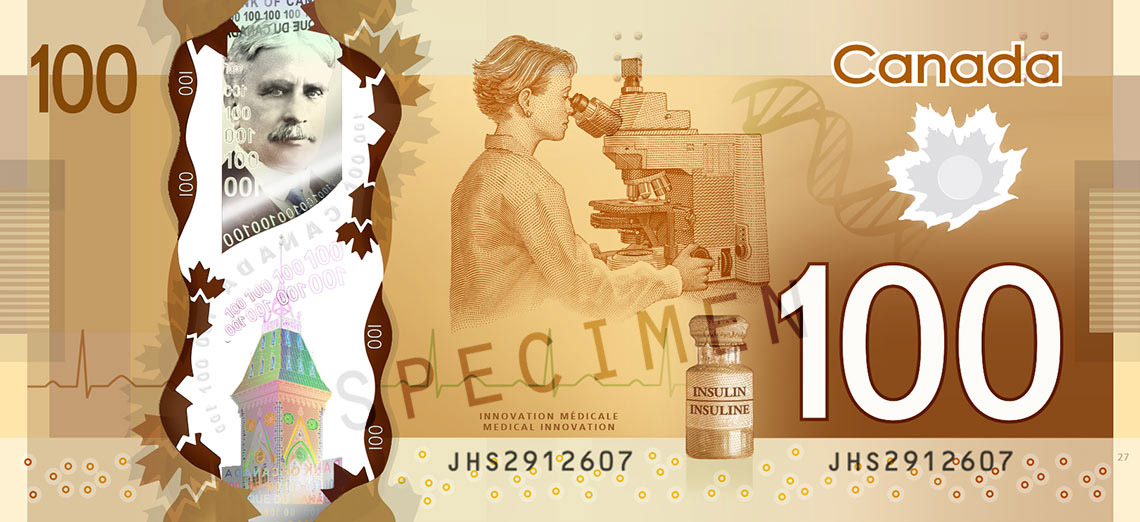
Canadian doctors and scientists have long been at the frontiers of medical research and as a result have helped to save millions of lives worldwide. Notable Canadian contributions include pioneering the use of insulin to treat diabetes, DNA and genetic research, the invention of the pacemaker, and the first hospital-to-hospital robot-assisted surgery.
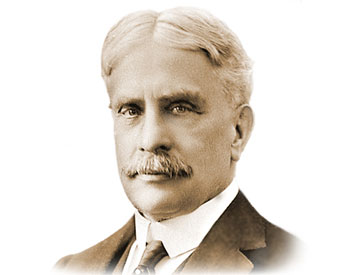
The portrait

Feel the raised ink
Sir Robert Borden, Canada’s eighth Prime Minister, led the country through a very difficult period–the First World War. Borden helped galvanize the country through a conflict the likes of which had never been experienced worldwide. For a country with a population of only eight million, Canada’s contribution was remarkable. By the time the fighting stopped on 11 November 1918, over 650,000 men and women from Canada and Newfoundland had served, more than 66,000 had given their lives, and some 172,000 had been wounded. Canada’s immense contribution to the war effort led to independent representation at the 1919 Paris Peace Conference and in the League of Nations.
The smaller metallic portrait of Borden in the large window of the $100 note was colourized for adaptation as a holographic feature.
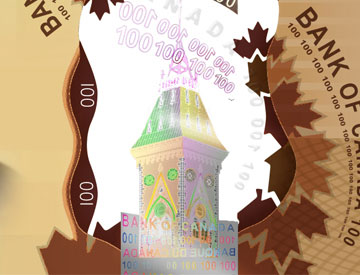
The building

Look at the metallic building. Tilt to see it change colour. Flip to see it on the other side
East and West Block architects, Thomas Stent and Augustus Laver, produced the ornate and elegant edifices hailed as shining examples of the Gothic Revival style. Construction was completed in the mid-1860s and the East Block tower is featured on the $100 note.
The East Block was the nerve centre of Canada’s government during its first hundred years. Distinguished Canadians who had offices in this block include Canada’s first Prime Minister, Sir John A. Macdonald, and his fellow Father of Confederation and colleague Sir George-Étienne Cartier.
A wing was added to the rear of East Block in 1910. This wing had six large vaults that stored the country’s financial holdings. This custodian role was transferred once the Bank of Canada’s own building was completed in the 1930s. The East Block vaults have since been converted into office space, but the original doors have been preserved.
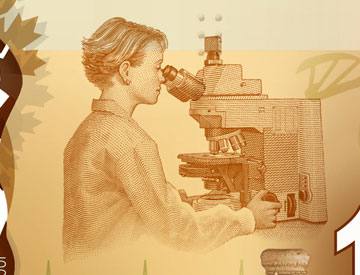
Researcher at a microscope
A lab-coated researcher at a microscope depicts Canada’s long-standing commitment to medical research and innovation. The image of the microscope is based on a Carl Zeiss Axioplan 2 imaging microscope used for cutting-edge health research worldwide. Zeiss has been manufacturing precision mechanics and optics since 1846.
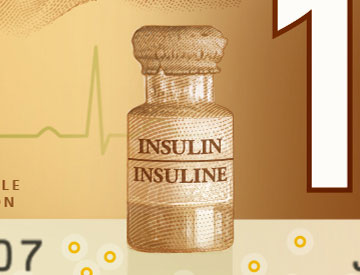
Insulin
Insulin is one of the best known Canadian medical innovations. This image is of a very early insulin bottle, dating back to 1923. Frederick Banting and Charles Best were two Canadian medical researchers who discovered in 1921 that insulin could be used to treat diabetes. Many forget that diabetes was once a death sentence, but the discovery of insulin changed that. It was ground-breaking in its time and insulin continues to save millions of lives today.
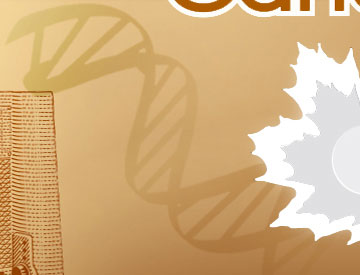
DNA strand
Deoxyribonucleic acid (DNA) is the genetic blueprint of life. The DNA strand on the $100 note honours the researchers that have led the way in mapping our human genetic makeup in this field of medical science. This illustration was created for the Bank by a team of scientists and adapted for the design. It is not meant to demonstrate any particular element of a DNA structure. Where some of the $100 note’s design elements represent the history of medical research in Canada, the stylized DNA strand speaks to the future of medical innovation.
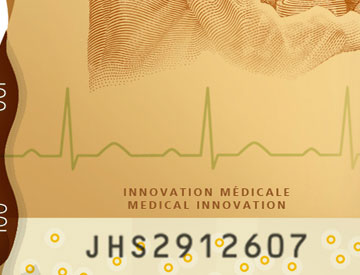
Electrocardiogram
This image of an electrocardiogram symbolizes Canada’s contributions to heart health, including the invention of the pacemaker by John Hopps in 1950. The ECG track illustrated here shows the type of pattern consistent with a healthy human heart.
In the 1940s, Dr. Wilfred G. Bigelow and Dr. John C. Callaghan were Canadian heart surgeons working on cold heart surgery techniques. While experimenting, they discovered that applying a small electrical charge to the heart would stimulate it to beat, and when done regularly, could keep it beating at the correct rate. Bigelow and Callaghan then recruited electrical engineer John Hopps to build a device—the world’s first pacemaker.
Additional security features
Feel the raised ink on the large number.
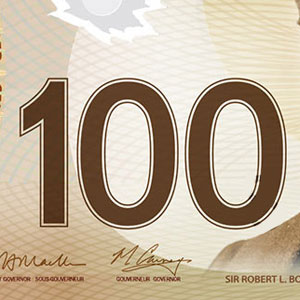
Look at the frosted maple leaf window to see its transparent outline.
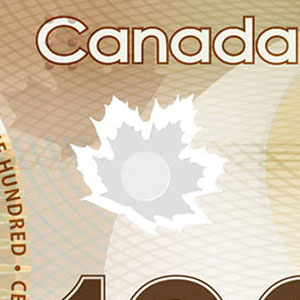
Feel the raised ink on the words "Banque du Canada" and "Bank of Canada."
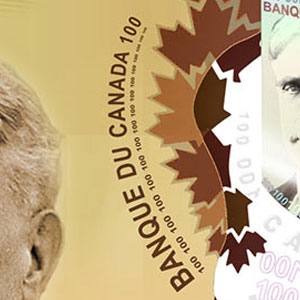
Look at the numbers that match the note’s value and at the word "Canada" that feels slightly raised.
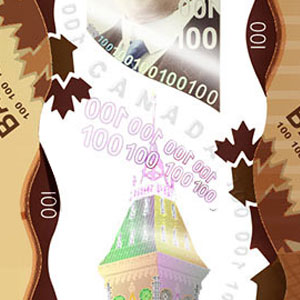
Look at the metallic portrait, it matches the large portrait. Tilt to see it change colour. Flip to see it on the other side.
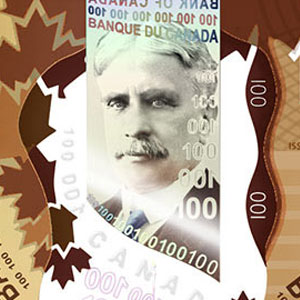
Look for maple leaves that border and cross into the large window.
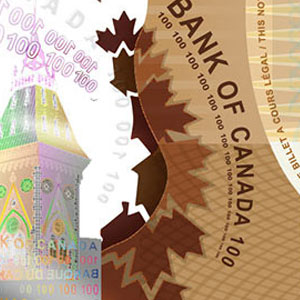
Bank note specifics
- Portrait: Sir Robert L. Borden, Prime Minister, 1911–20
- Building: The East Block of Parliament
- Signatures: Left - T. Macklem, Right - M.J. Carney / Left - T. Macklem, Right - Stephen S. Poloz / Left - Carolyn A. Wilkins, Right - Stephen S. Poloz / Left – T.D. Lane, Right - T. Macklem / Left – Carolyn Rogers, Right – T. Macklem
- Size: 152.4 x 69.85 mm (6.0 x 2.75 inches)
- Issue date: 14 November 2011
- Theme: Medical Innovation
For more information, visit: www.zeiss.ca, www.uottawa.ca, www.ottawaheart.ca, www.ohri.ca, www.innovation.ca, www.sanofipasteur.ca, www.utoronto.ca, medicine.utoronto.ca, and www.bbdc.org.